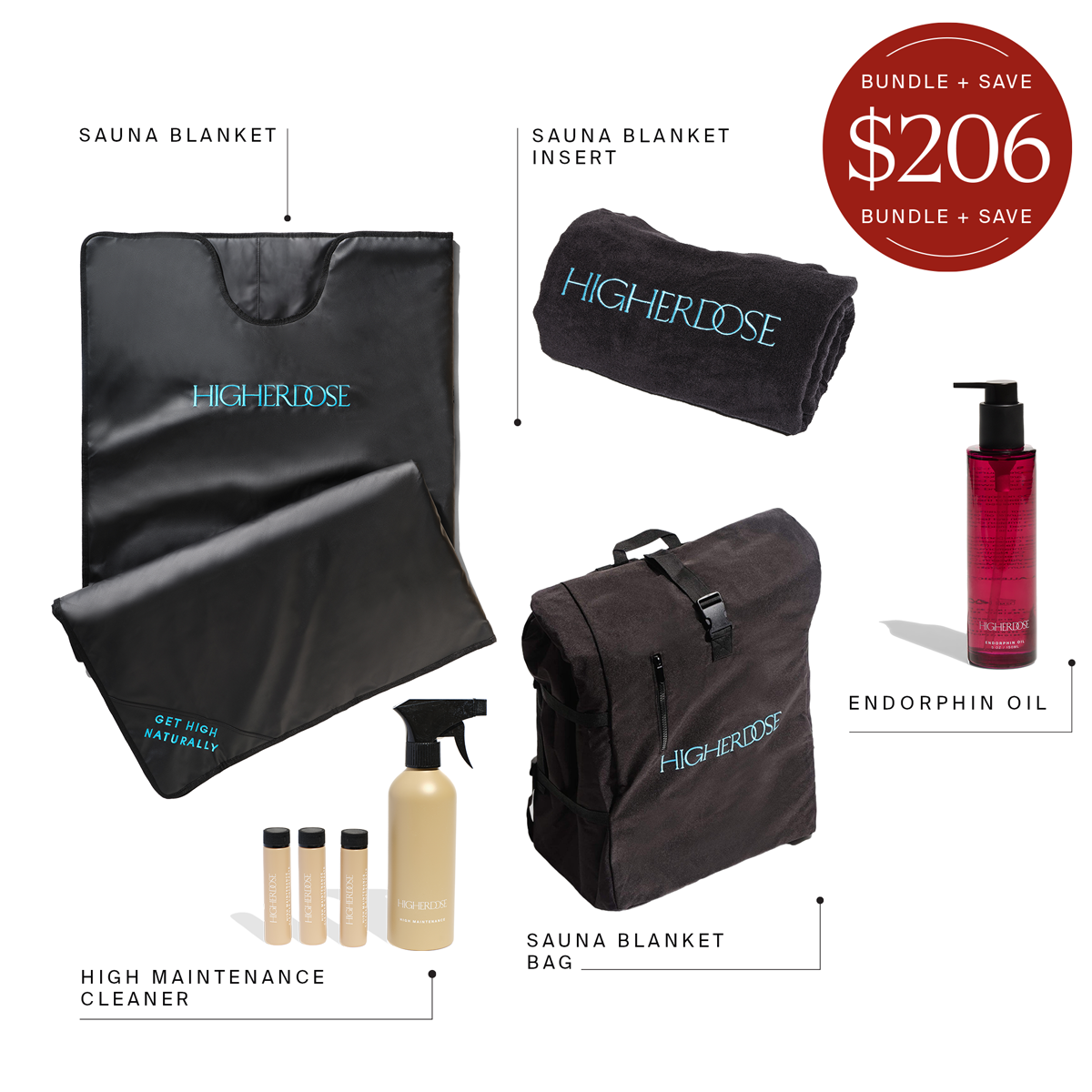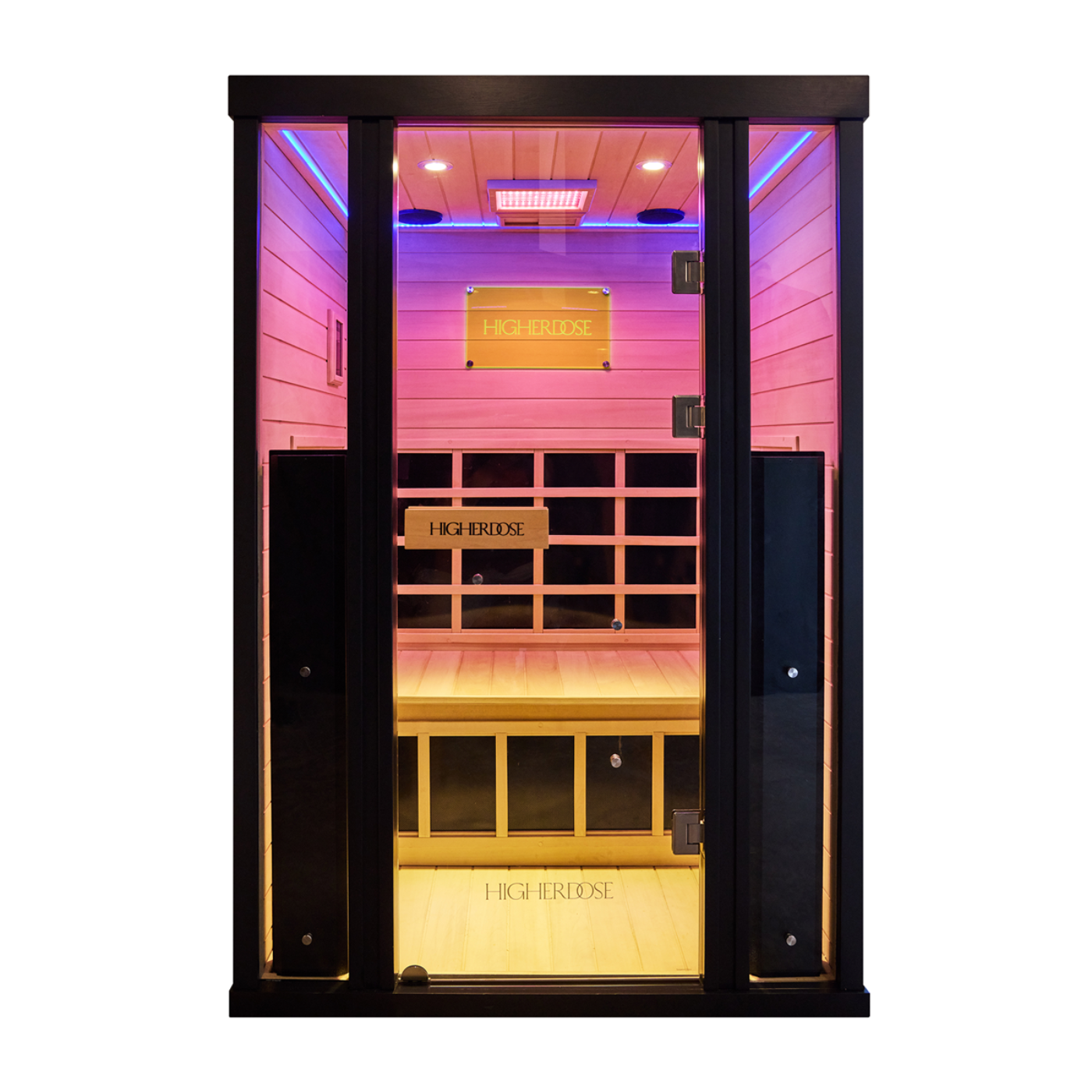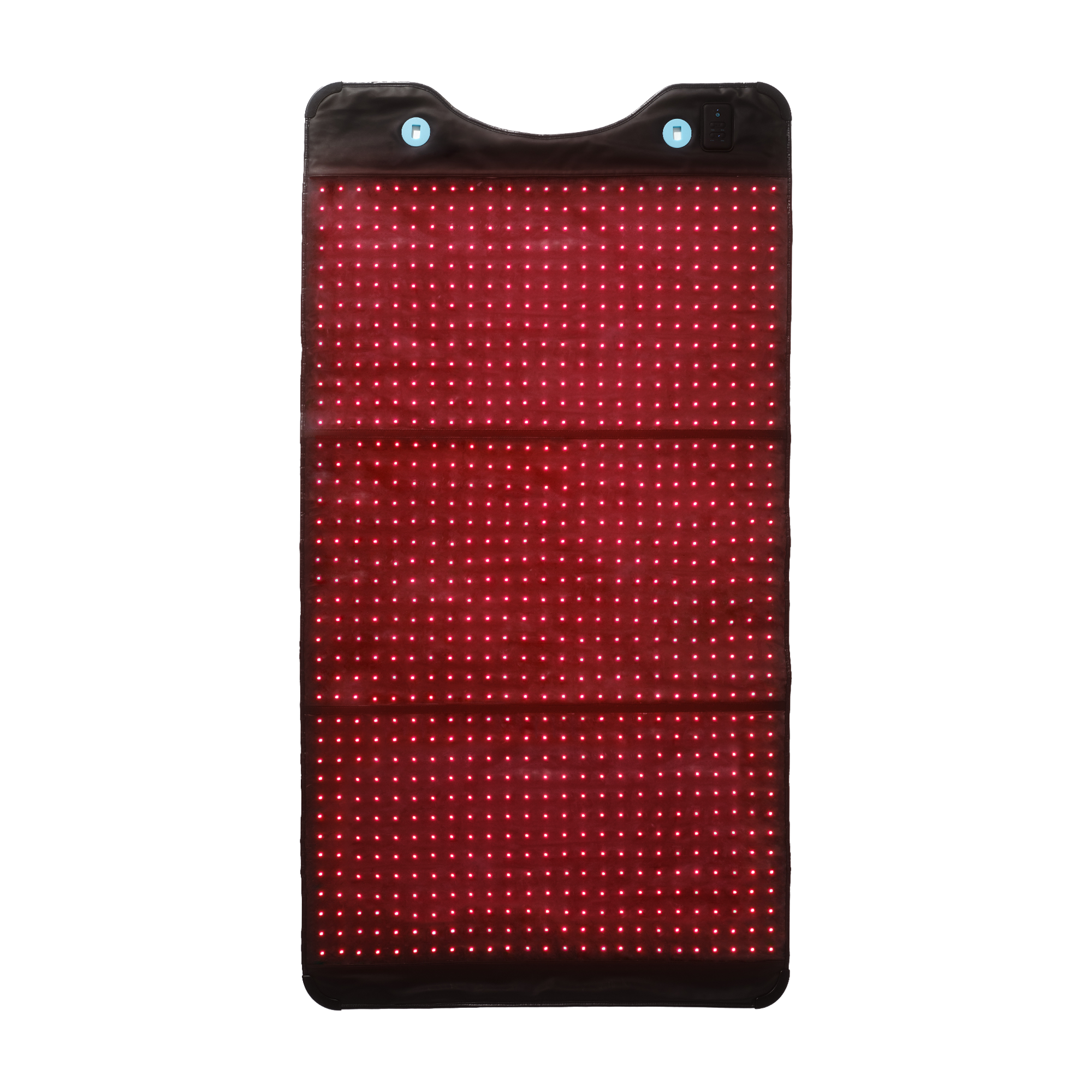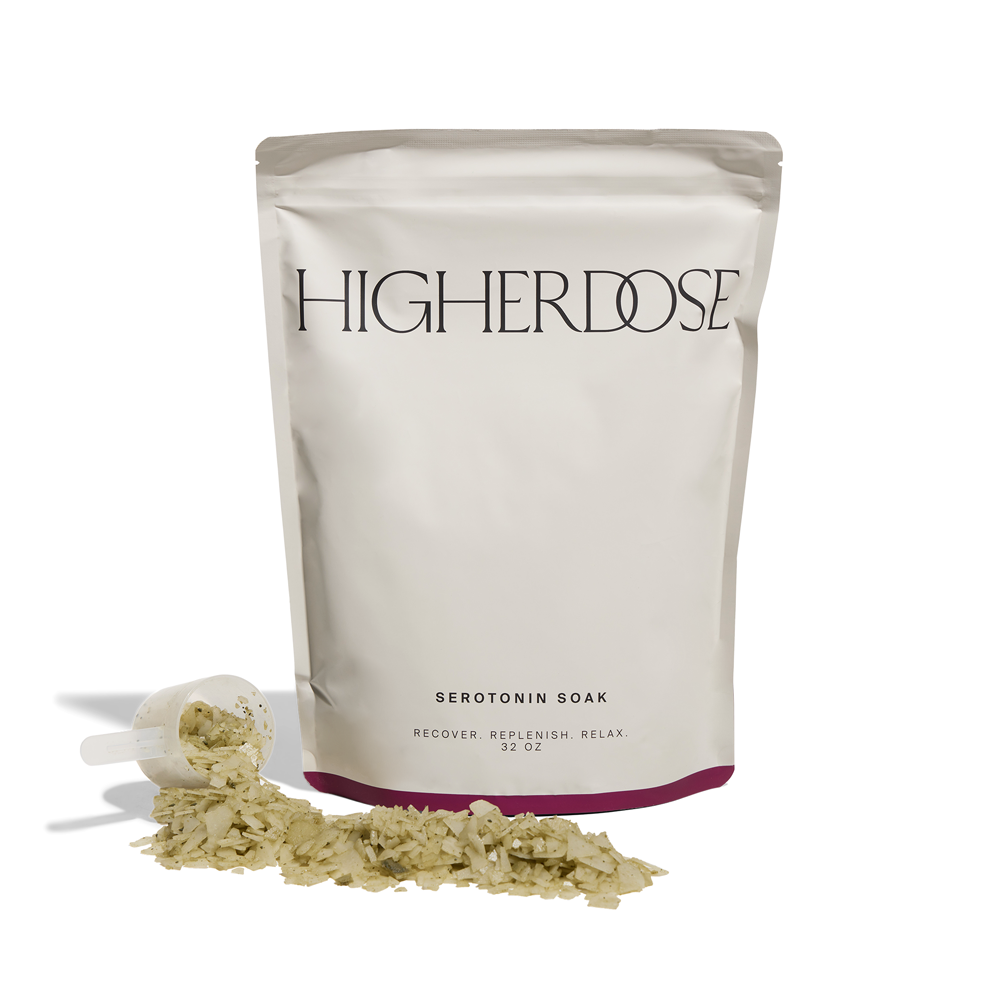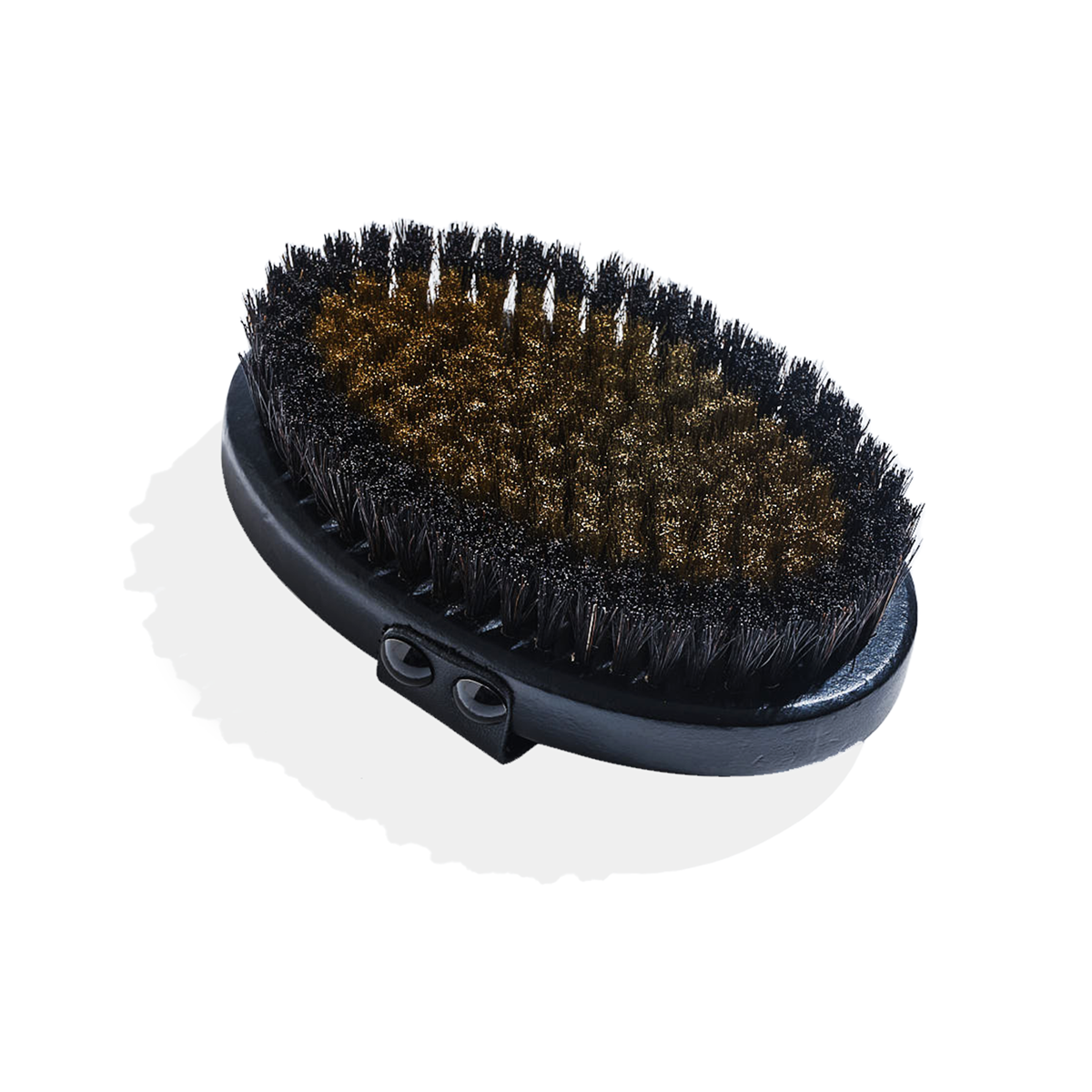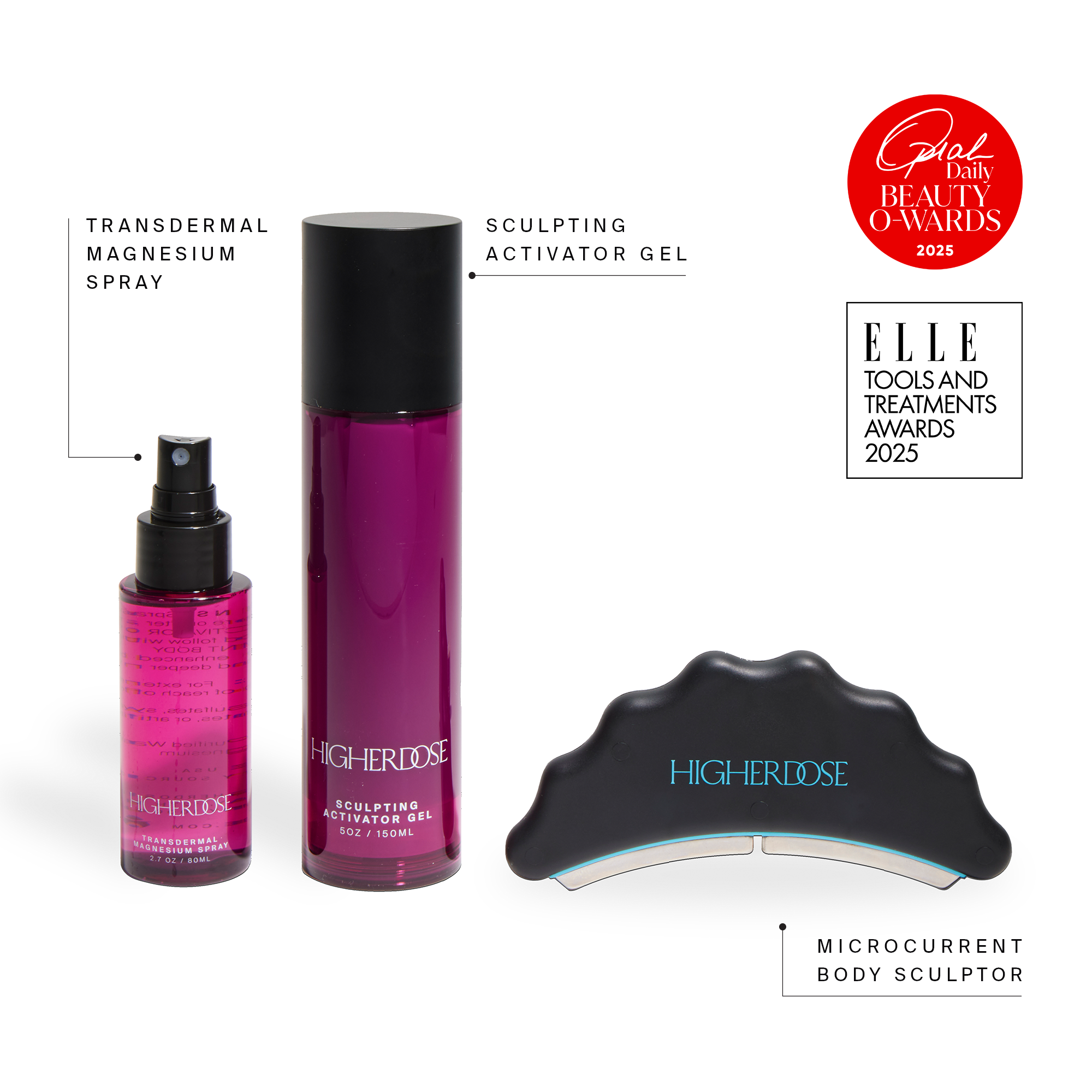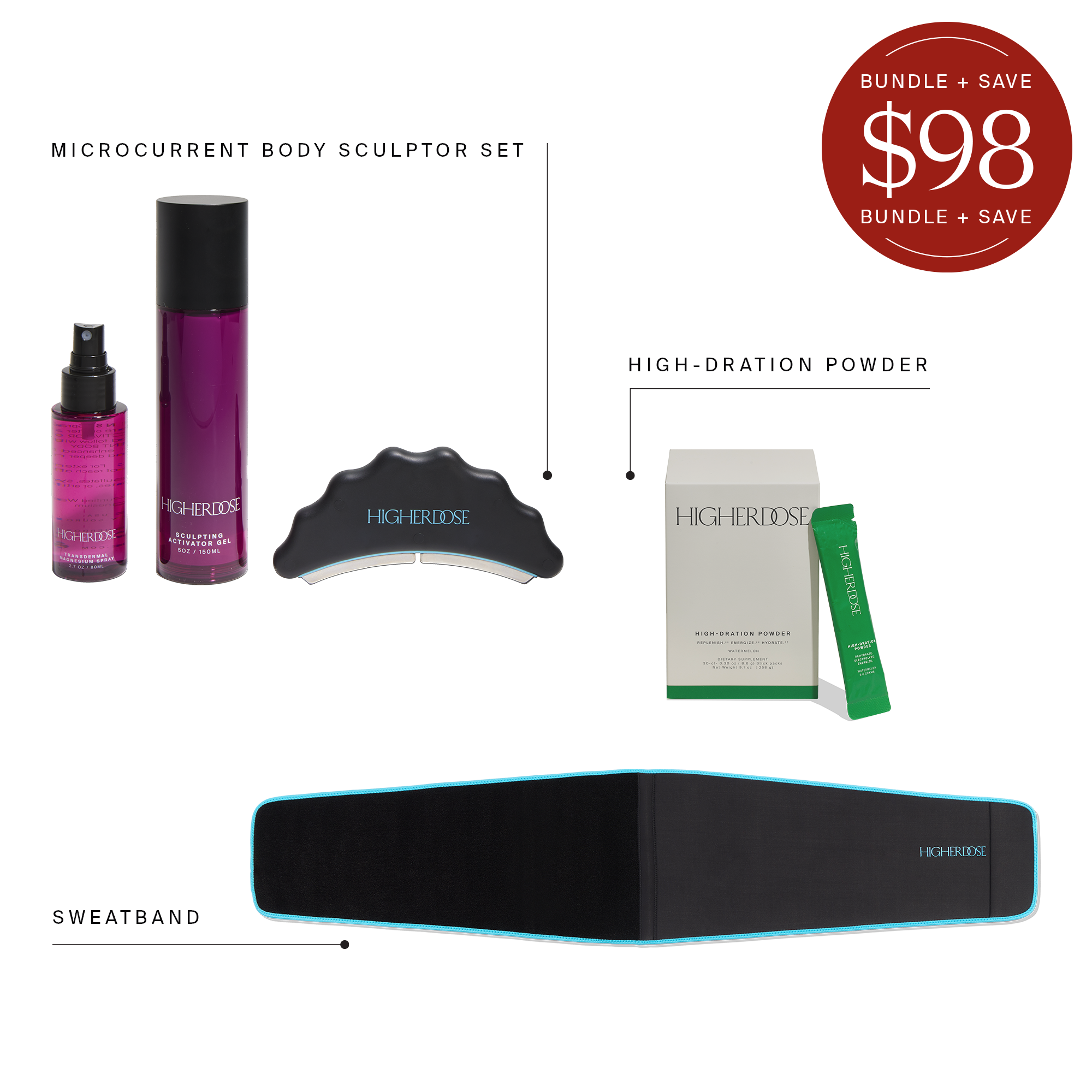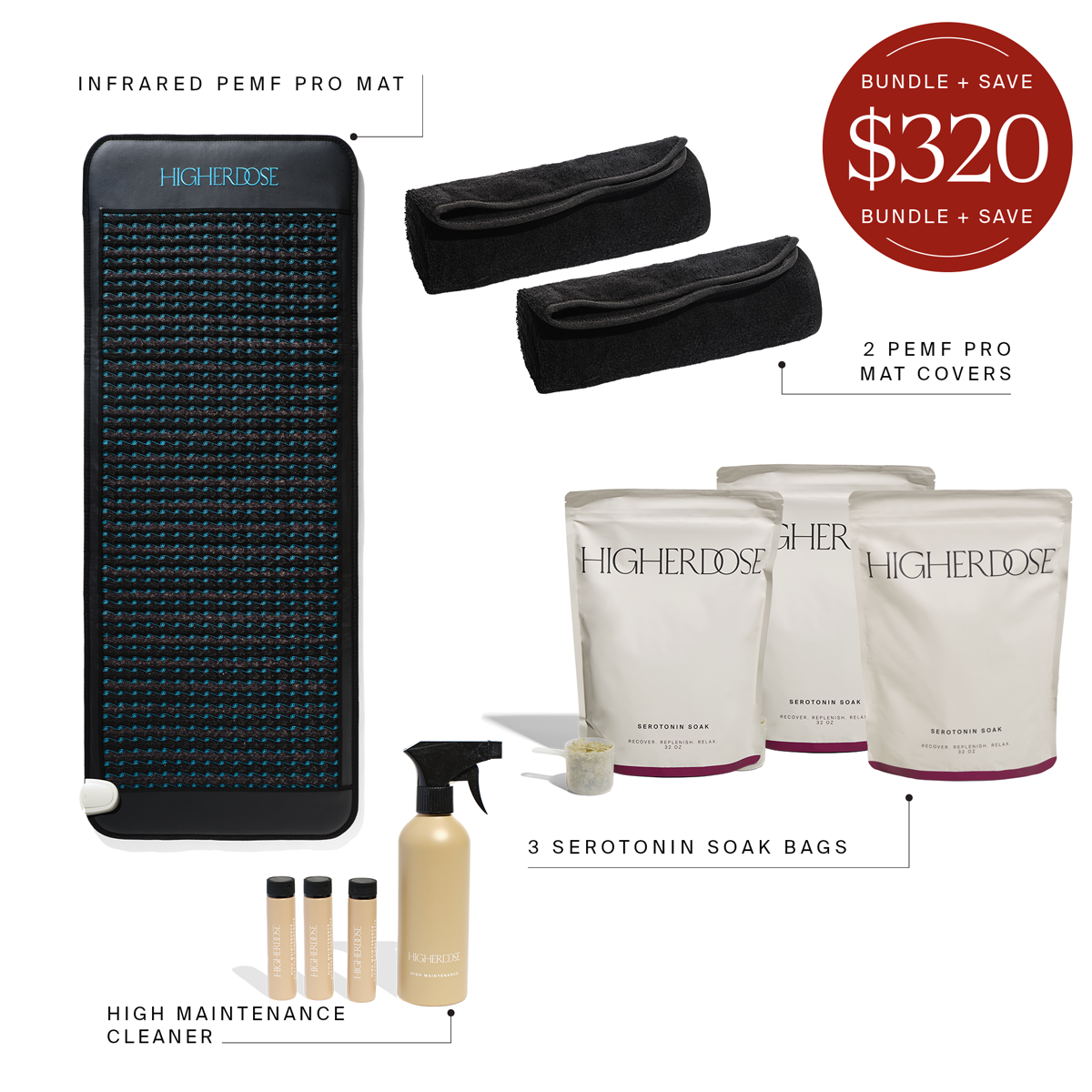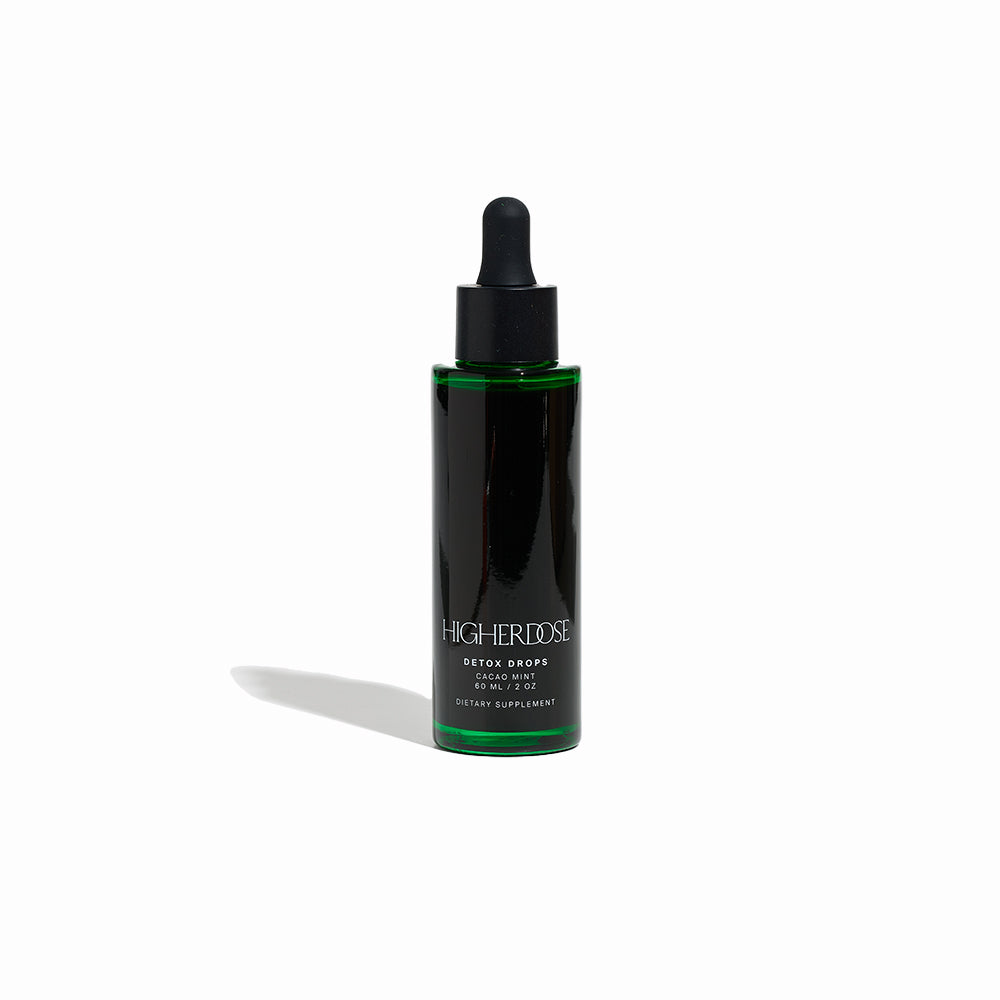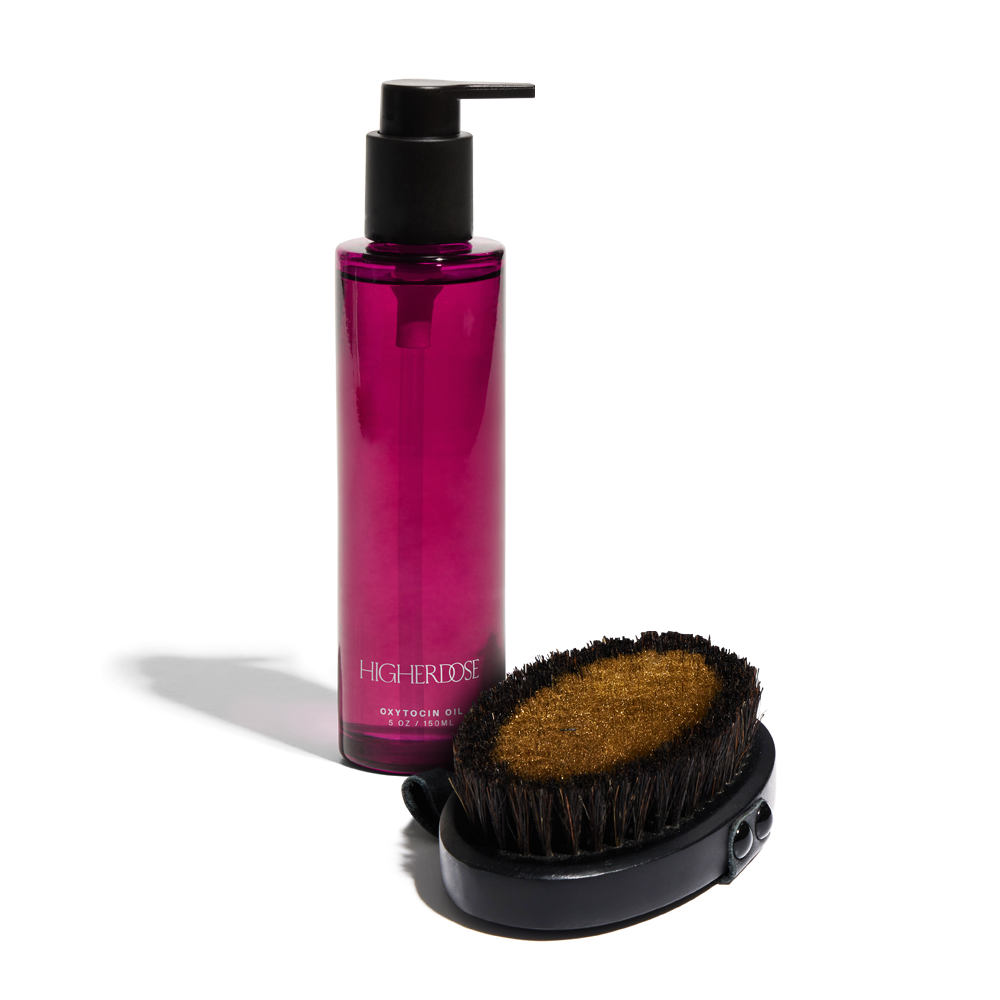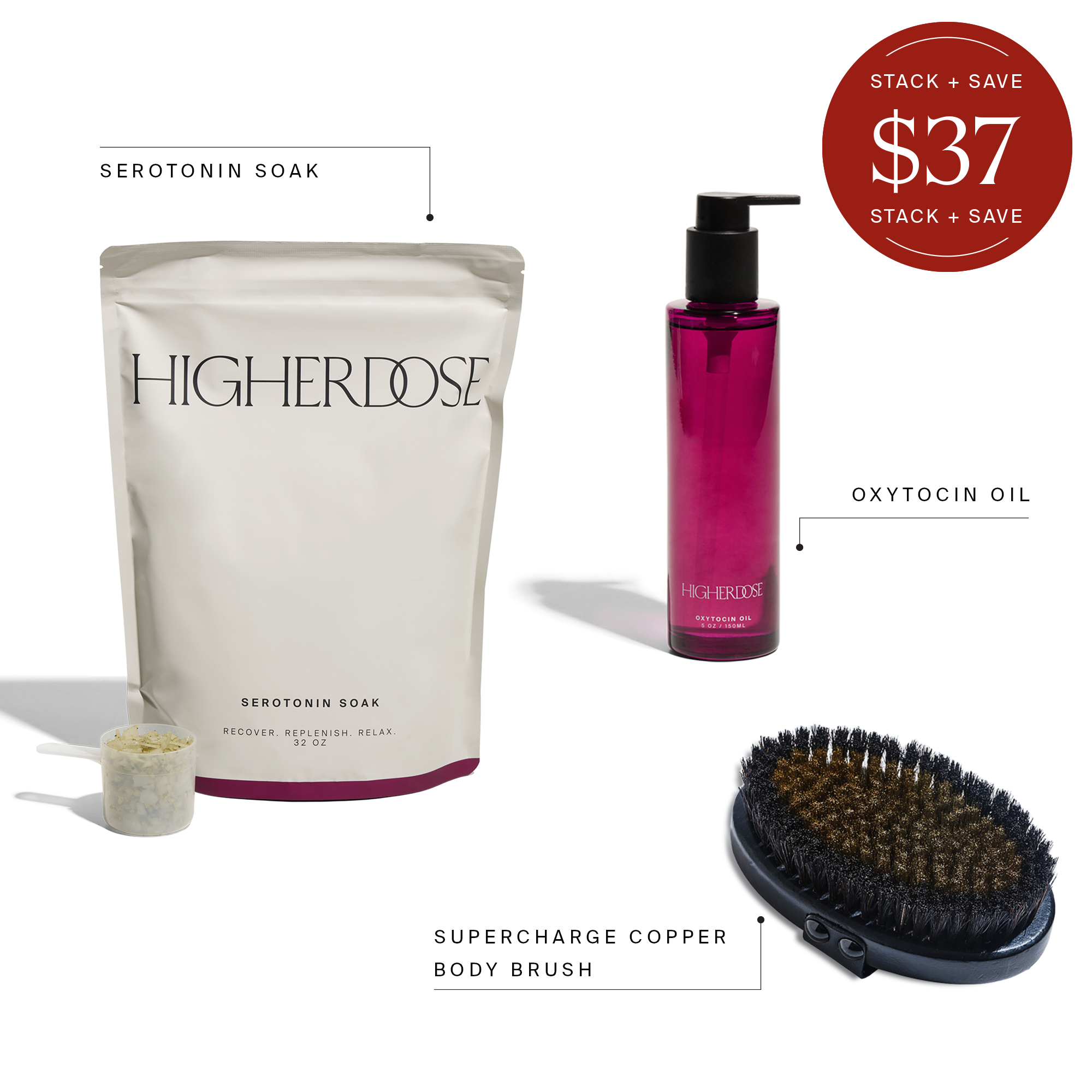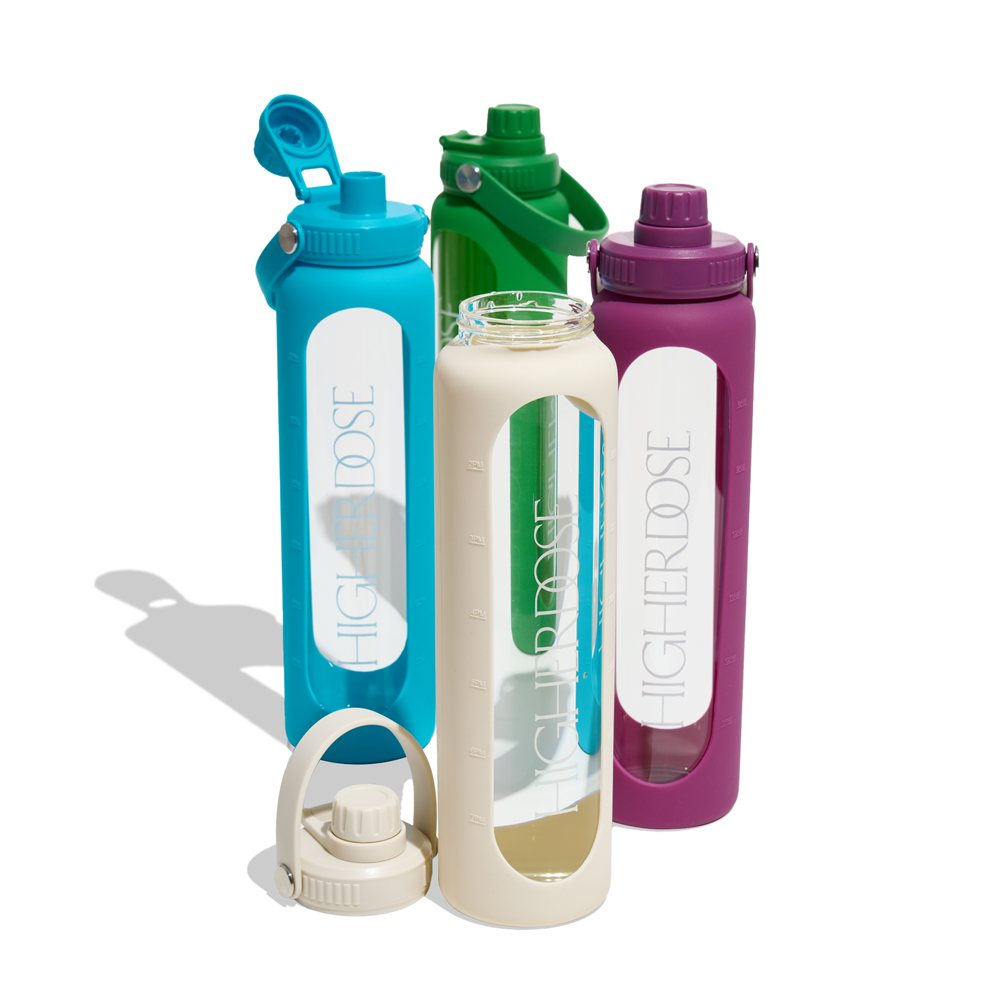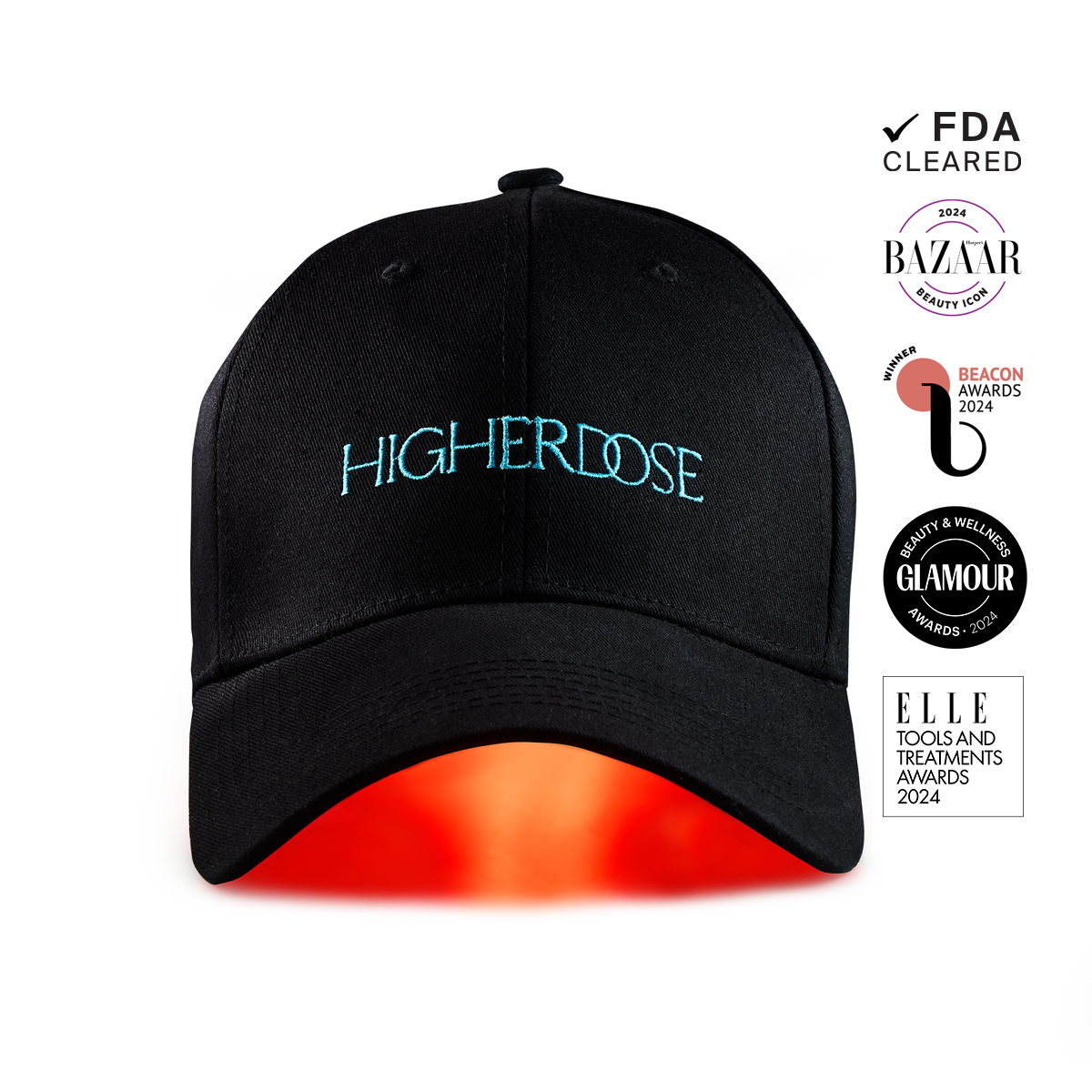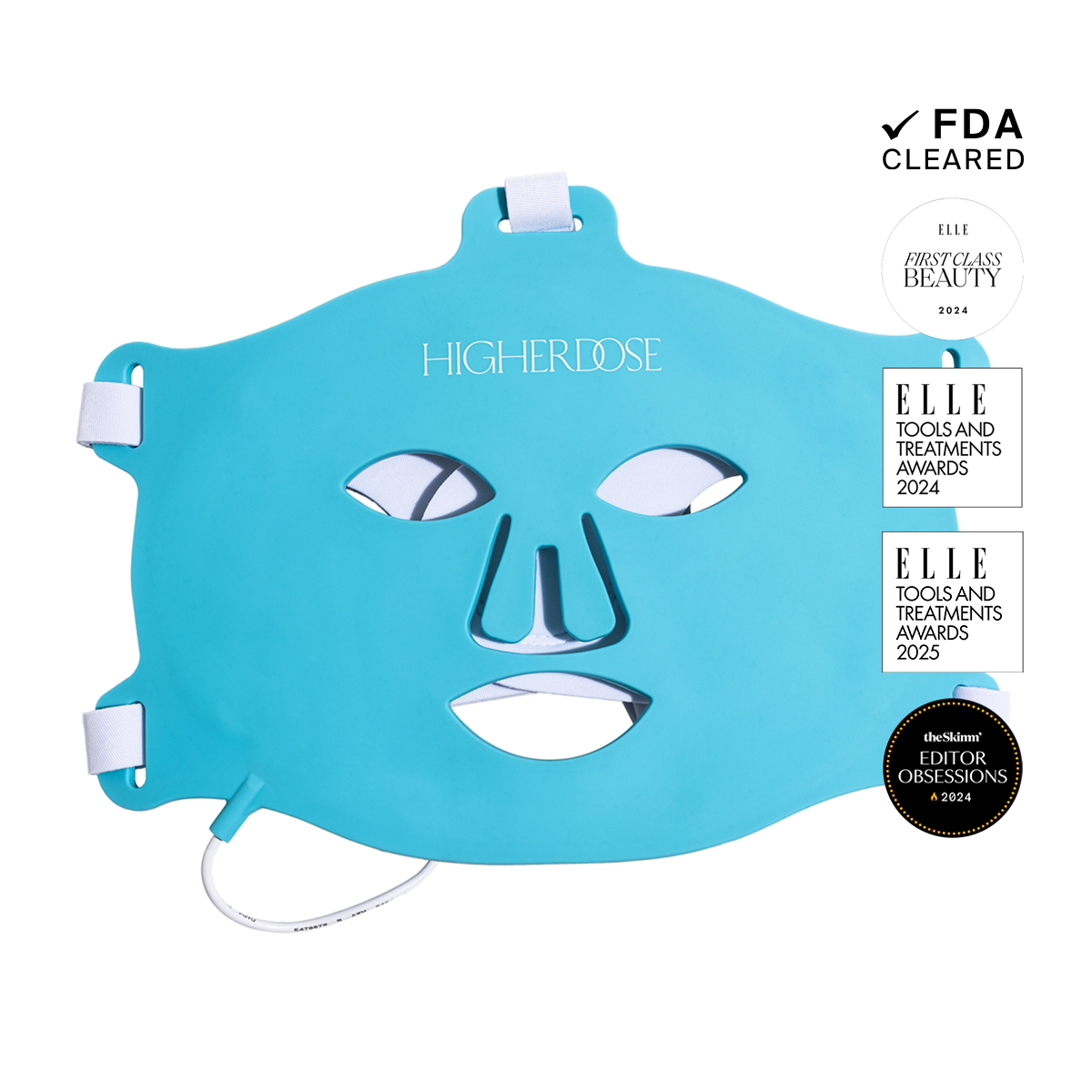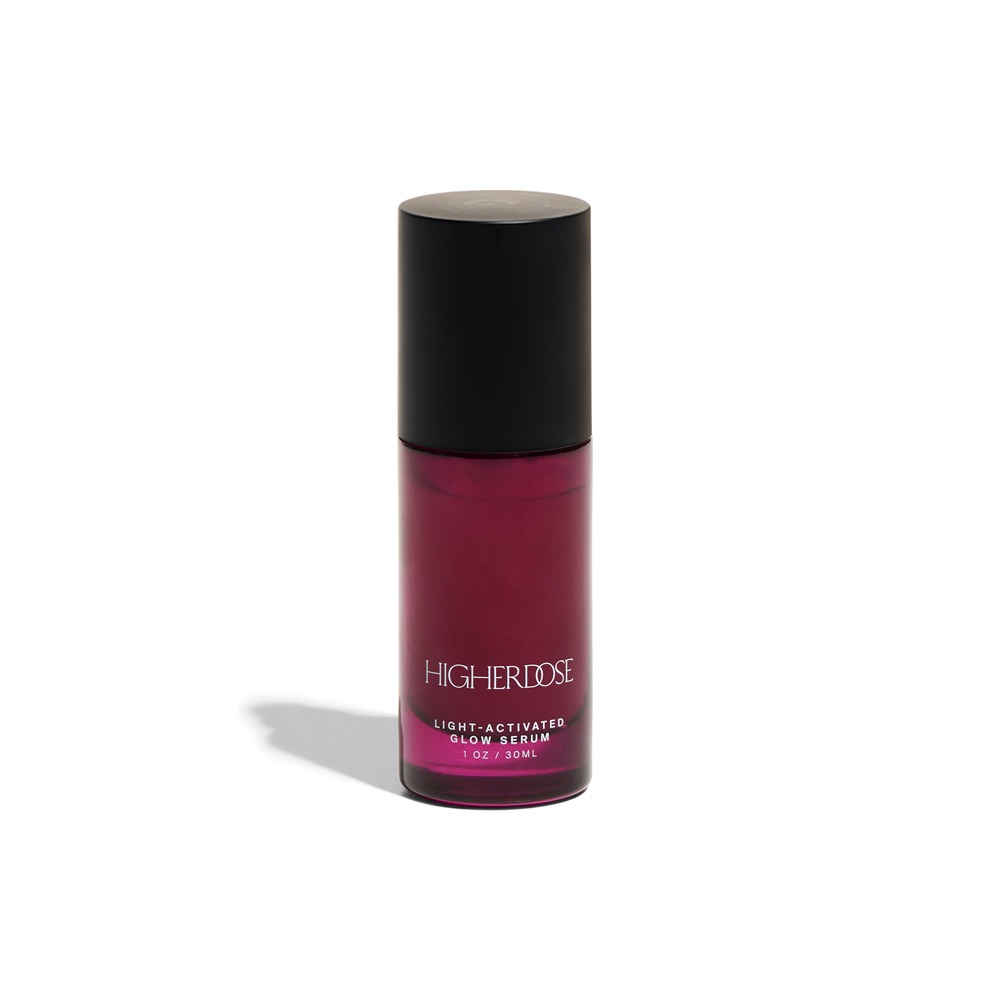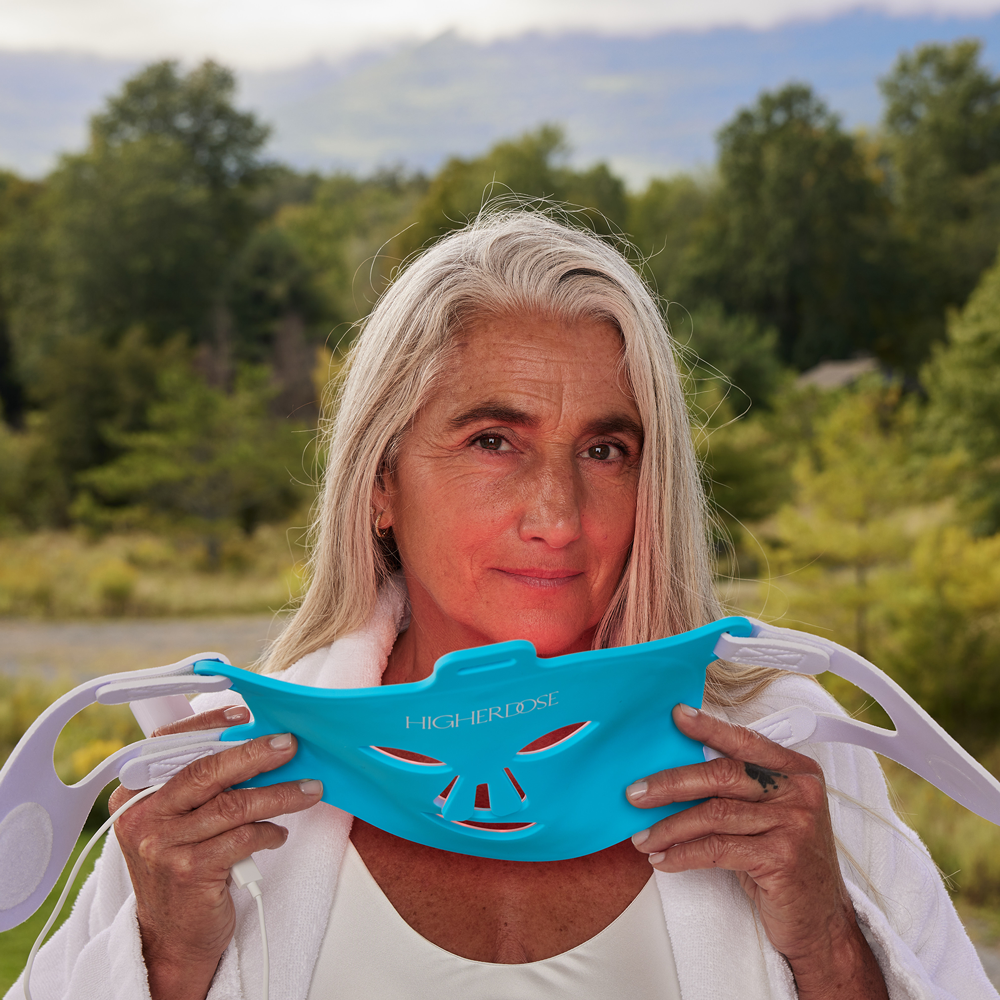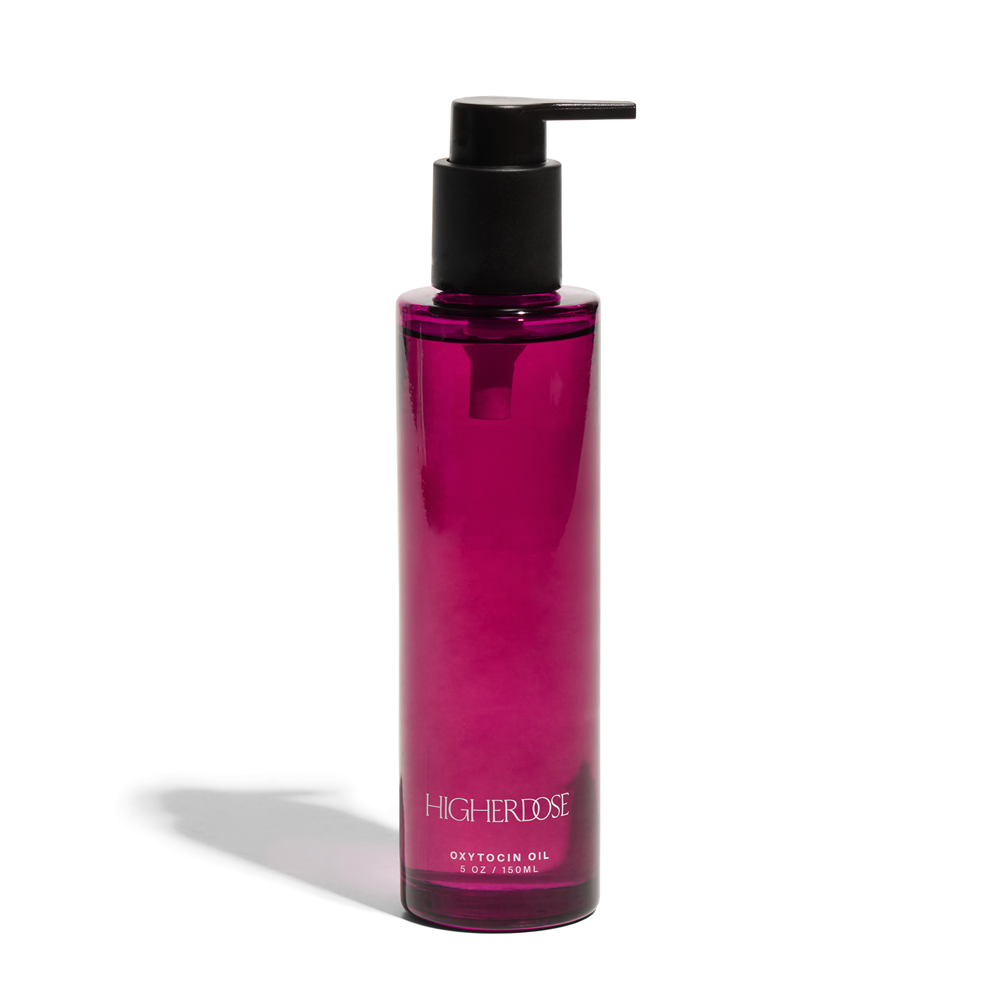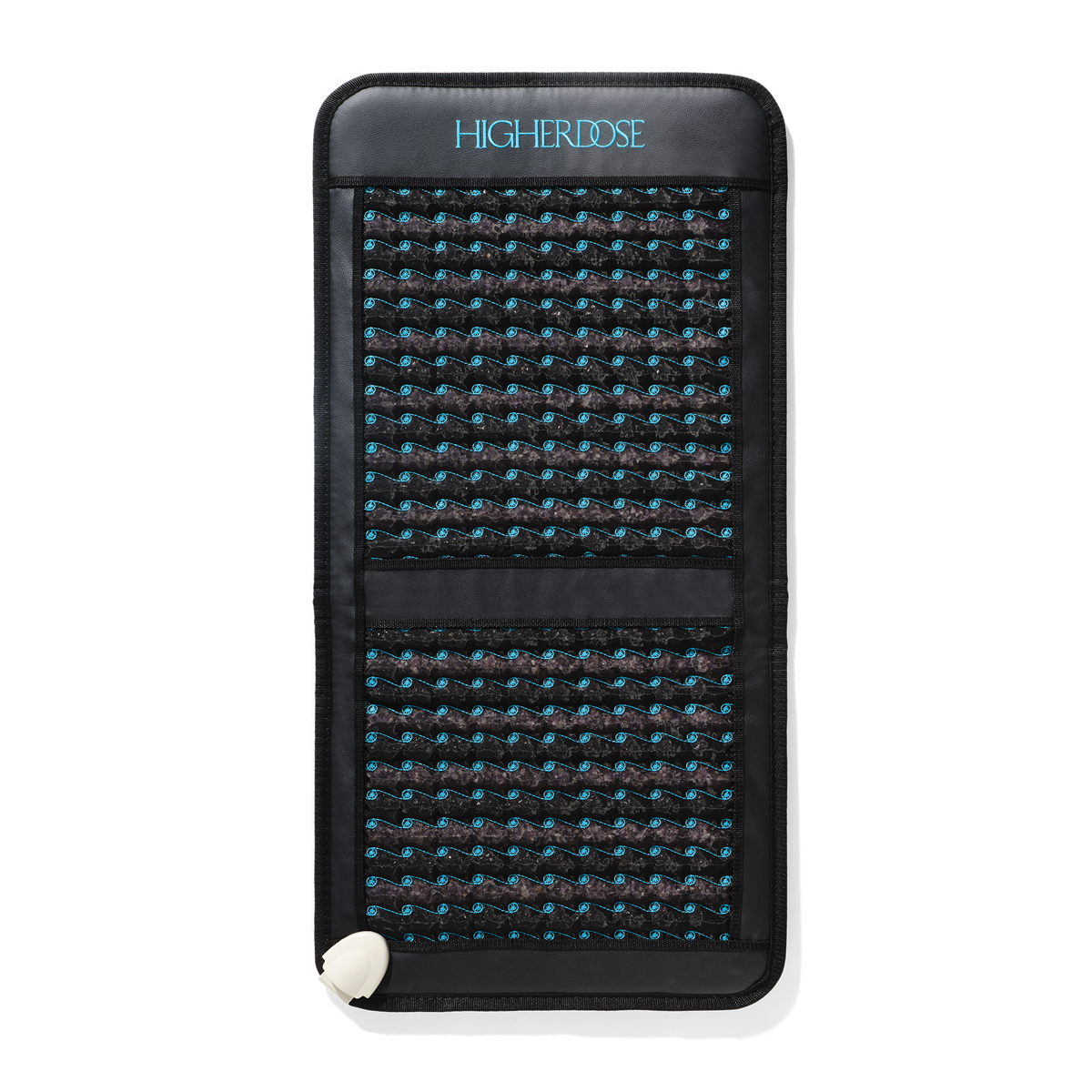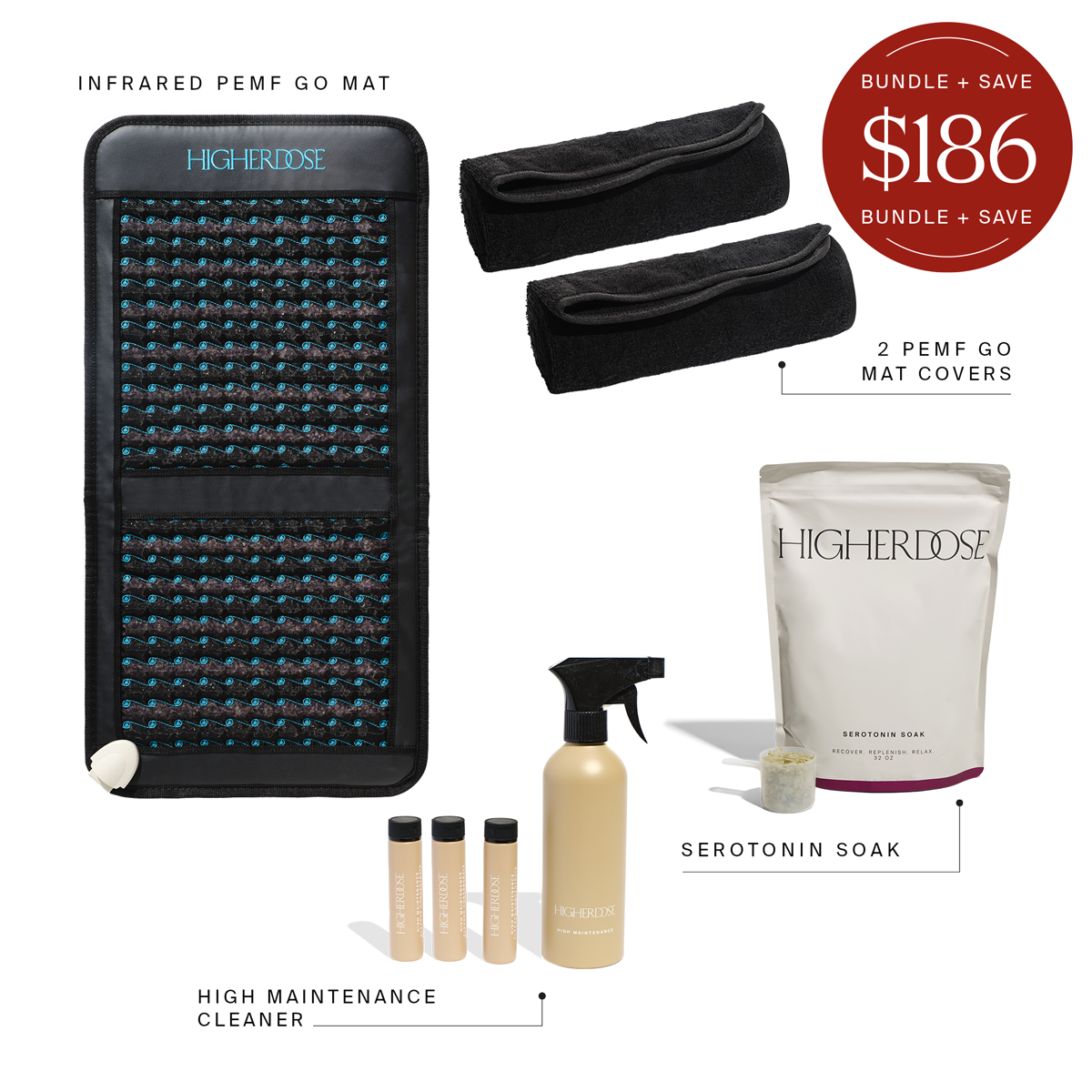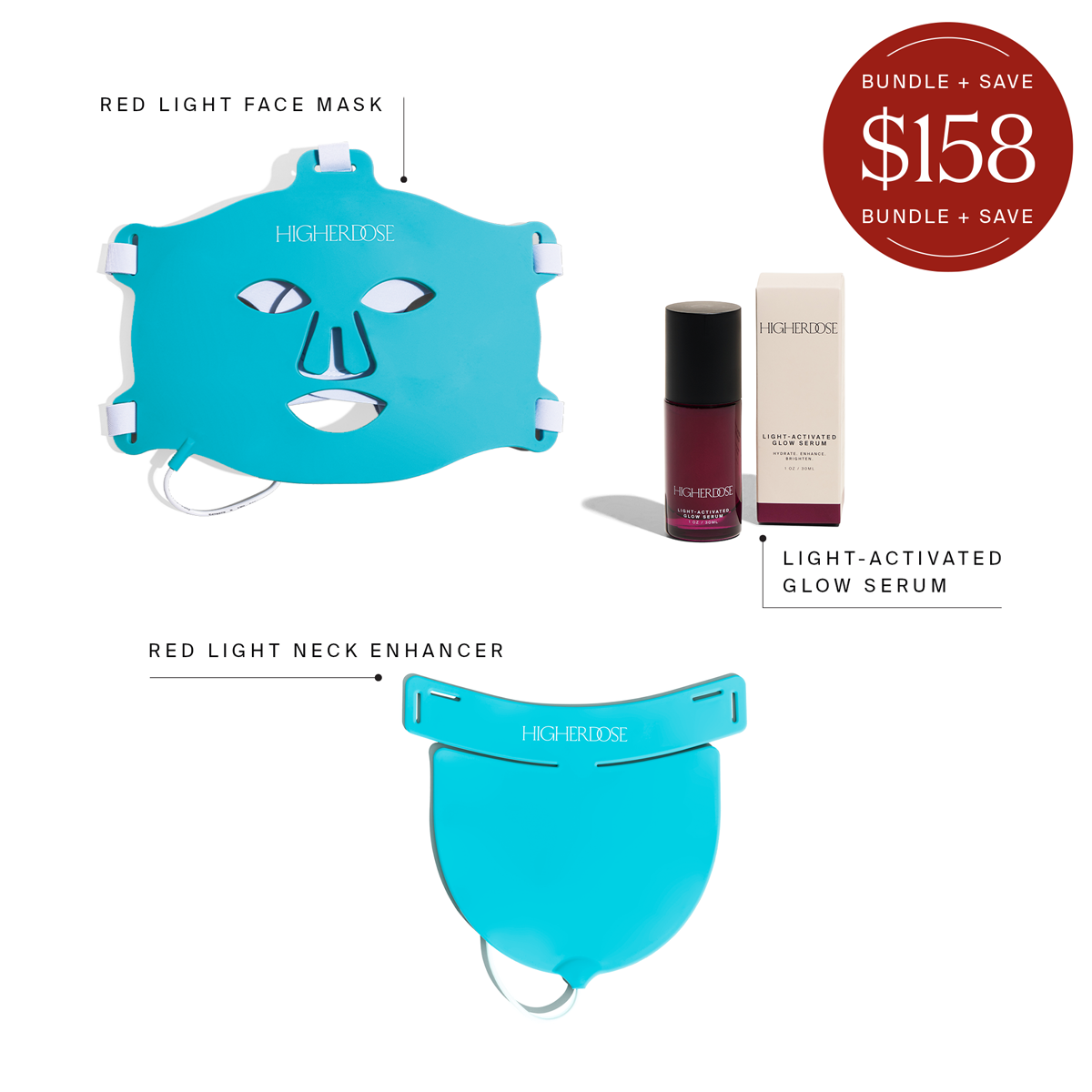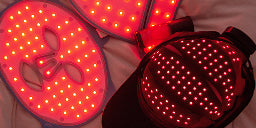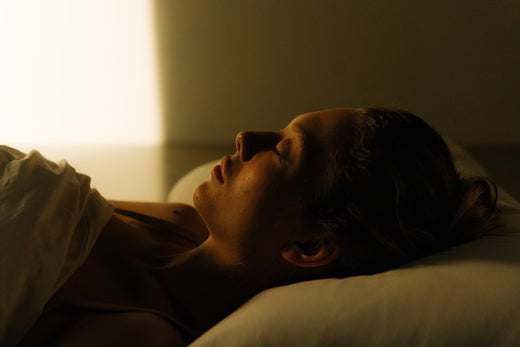
Recovery Sleep: Can You Really Catch Up On Lost Zzzs?
If you haven’t been in hibernation all your life, you know how important getting enough sleep is. But there are times when it just doesn’t happen. Perhaps you’re swamped at work and are trying to beat deadlines as best as you can. Or maybe, life has been so hectic that you just want to curl up at night and indulge in some revenge bedtime procrastination. Whatever your reason is, not getting the right amount of high-quality Zzzs can take a toll on your overall health and well-being. So, to make up for lost sleep, many individuals try to extend sleep for recovery on weekends. But is it really possible to increase sleep and recover? Let’s find out the truth behind sleep recovery in this article.
What is sleep debt?
To begin with, you’ll want to know how much sleep your mind and body require. According to the National Sleep Foundation, a typical adult needs 7 to 9 hours of slumber daily. In contrast, newborns from zero to 3 months must have at least 14 to 17 hours. As you can see, the younger you are, the more Zzzs you should have. So what happens if you don’t get the ideal amount of good-quality sleep? You incur sleep debt.
Sleep debt is the difference between the amount of sleep you need and get. For example, if you’re an adult who needs a minimum of 7 hours and can only sleep for 4 hours, you have a deficit of 3 hours. If you do this constantly for a week, your “debt” will accumulate to 21 hours ( 7 days x 3 hours per day). Likewise, if you go to bed 30 minutes past your usual bedtime daily, it can also easily add up.
The effects of sleep debt
Despite sleep deprivation, the human body, being the wonderful machine it is, has coping mechanisms. As a result, you can accumulate some sleep debt and not get all that tired.
However, you may notice a difference in your mental and physical abilities. If your sleep debt continues to go “unpaid,” it’s likely to cost you a great deal in terms of your health, performance, and quality of life. Here’s what can happen if you neglect to improve your sleep score:
1. Increased risk for serious health problems
The National Heart, Lung, and Blood Institute reported that sleep inadequacy could result in adverse complications, such as diabetes, heart disease, kidney disease, high blood pressure, stroke, and obesity.
2. Diminished performance
Lack of quality Zzzs can also take a toll on one’s performance at work, in school, and in sports. This is why sleep recovery for athletes, first responders, healthcare workers, and others in typically sleep-deprived professions is absolutely essential.
3. Proneness to injuries and accidents
Drowsy driving is so prevalent that it leads to thousands of car accidents each year, resulting in more than 6,400 deaths annually in the U.S. alone. Sleep and recovery are necessary for staying alert and making good decisions.

4. Impaired immune system
Being awake at night stimulates the production of inflammatory cytokines. These signaling molecules detect when you’re not getting enough sleep. They trigger the cells in the immune system to “fix the problem” with inflammation responses. At the same time, insufficient sleep causes a decline in infection-fighting antibodies.
5. Higher stress and mood disorders
Inadequate sleep not only results in the release of inflammatory cytokines but also triggers the release of the hormone cortisol, your biological alarm system. When it’s always “on,” your body is on heightened alert, making you constantly stressed, anxious, and even depressed.
6. Social problems
Relationships require energy and a healthy state of mind, which can be optimized by ample recovery and sleep. So, when you lack sleep, you always look and feel like you want to doze off. Plus, you don’t feel like interacting that much. These things can isolate you and negatively affect your social life.
What can recovery sleep do for you?
Studies show that two days of recovery sleep (or prolonged sleep for recovery) during the weekend may help offset the toll of one work week of mild sleep deprivation (loss of 1.5 to 2 hours of respite from the usual). This includes daytime sluggishness, fatigue, inflammation, and high cortisol levels.
Daytime naps are also a great boon to help you get more sleep and recover. Research shows that just a 2-hour shut-eye in the afternoon may help alleviate the effects of total sleep loss the night before. This is attributed to the inhibiting effect of recovery sleep on the HPA axis, resulting in diminished cortisol production and better stress regulation. The HPA axis is the central stress response mechanism composed of three organs: the hypothalamus, the pituitary gland, and the adrenal gland, which control our reactions to stressors.
If sleep recovery is all that important, then all you have to do is to nap more or sleep during the weekends, right? Well, not exactly. Settling your bedtime debt with recovery sleep isn’t as straightforward as paying a financial obligation. So here are a couple of points to remember when working off those “arrears.”
- To enhance performance and cognitive alertness or sustained attention after one work week of sleep deprivation, you may need more than two days of recovery sleep.
- Weekend recovery sleep won’t be able to reverse the metabolic disorders and additional pounds that may result from repeated sleep deficits.
- The consequences of sleep loss can snowball. Findings show that even a whole week of sleep was insufficient for the brain to recover completely after ten nights of sleep restriction. This was supported by a 2021 study, which revealed that more time is needed to achieve a full recovery from sleep debt.
How to catch up on lost sleep
As you can see, sleep deficits are not “fixed” that easily. More research can help determine whether or not recovery sleep can fully “pay off” sleep debt or if it simply allows you to revert to your usual sleep patterns. So, what must one do to catch up on lost Zzzs? Here are some effective hacks that can help you get back to a healthy sleeping schedule.
- In the first place, don’t accumulate a ton of sleep debt, so you don’t have much to “settle.”
- Track your sleep patterns and take note of habits that may negatively affect them. You can either use a sleep diary or a sleep app.
- Power naps aren’t a cure-all, but they will help you reduce your sleep debt and feel more rested. Take them between 1 pm to 3 pm, so they don’t interfere with your nighttime sleep.
- If you’re working night shifts, try to avoid light on your way home so as not to disrupt your internal body clock. Ask the support of your day-shift housemates to tone down the noise as you sleep.
If you have the opportunity for recovery sleep, increase your sleep slowly in increments of 15 to 30 minutes until you reach the ideal amount of rest that your body needs.

- Create a bedtime routine and keep at it as best you can:
- Go to bed and get up at the same time every day.
- Ditch your electronic gadgets an hour or two before bedtime—depending on how long it takes for your mind and body to calm down.
- Make this the me-time part of your day by having an indulgent self-care ritual, such as sipping relaxing chamomile tea while soaking in a lavender bath (instead of revenge bedtime procrastination!).
- Turn down the lights or use blackout curtains and keep the thermostat on cool.
- If you’re having problems recovering from sleep debt, see your physician for an accurate diagnosis and the right therapeutic program, which can include red light therapy.
Red light therapy is a highly-advanced technological treatment that mimics low-level rejuvenating wavelengths found in natural sunlight. You get all the healing benefits of natural sunlight without the harmful effects of UV rays. Thus, red light is used to treat a wide range of health problems such as skin problems, inflammatory disorders, and depression. And today, it is also being used to help treat sleeplessness.
Studies indicate that red light helps enhance slumber by boosting levels of melatonin, which is secreted by the brain in response to darkness. Melatonin is the sleep-inducing hormone that times your night and day cycles or circadian rhythms.
A cut above the rest
Is it your first time trying red light therapy? Or are you unsure about whom to trust? Then put your mind—and body—at ease with HigherDOSE, the leading wellness provider of all things infrared. Our Red Light Face Mask is a light therapy device that combines red and near-infrared LED technologies in an innovative design – made with your busy lifestyle in mind.
Our gentle and safe yet potent treatment is relaxing and effective. It makes use of light-emitting diodes (LED) to deliver red (630 nanometers) and near-infrared light (830 nanometers) on your face or any other body parts. The result? Better sleep, a lifted mood, and an enhanced glow—all from just one refreshing and invigorating session! So delay no more and get the doze you deserve—only from HigherDOSE.
Check out our shop today for our cutting-edge wellness technologies, supplements, and body care products.

